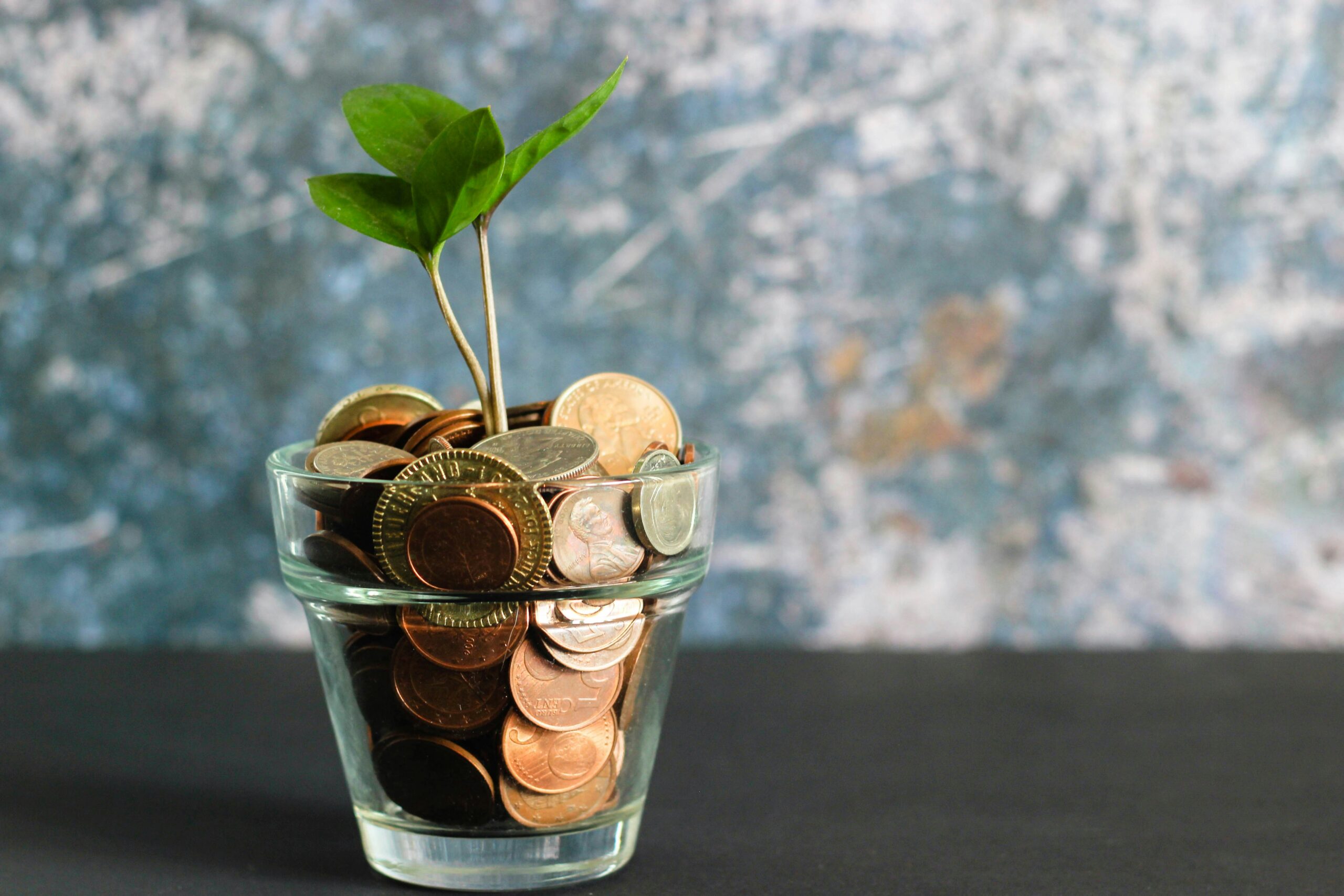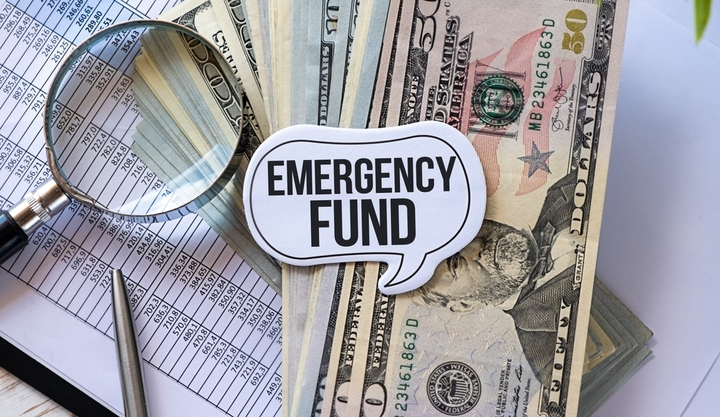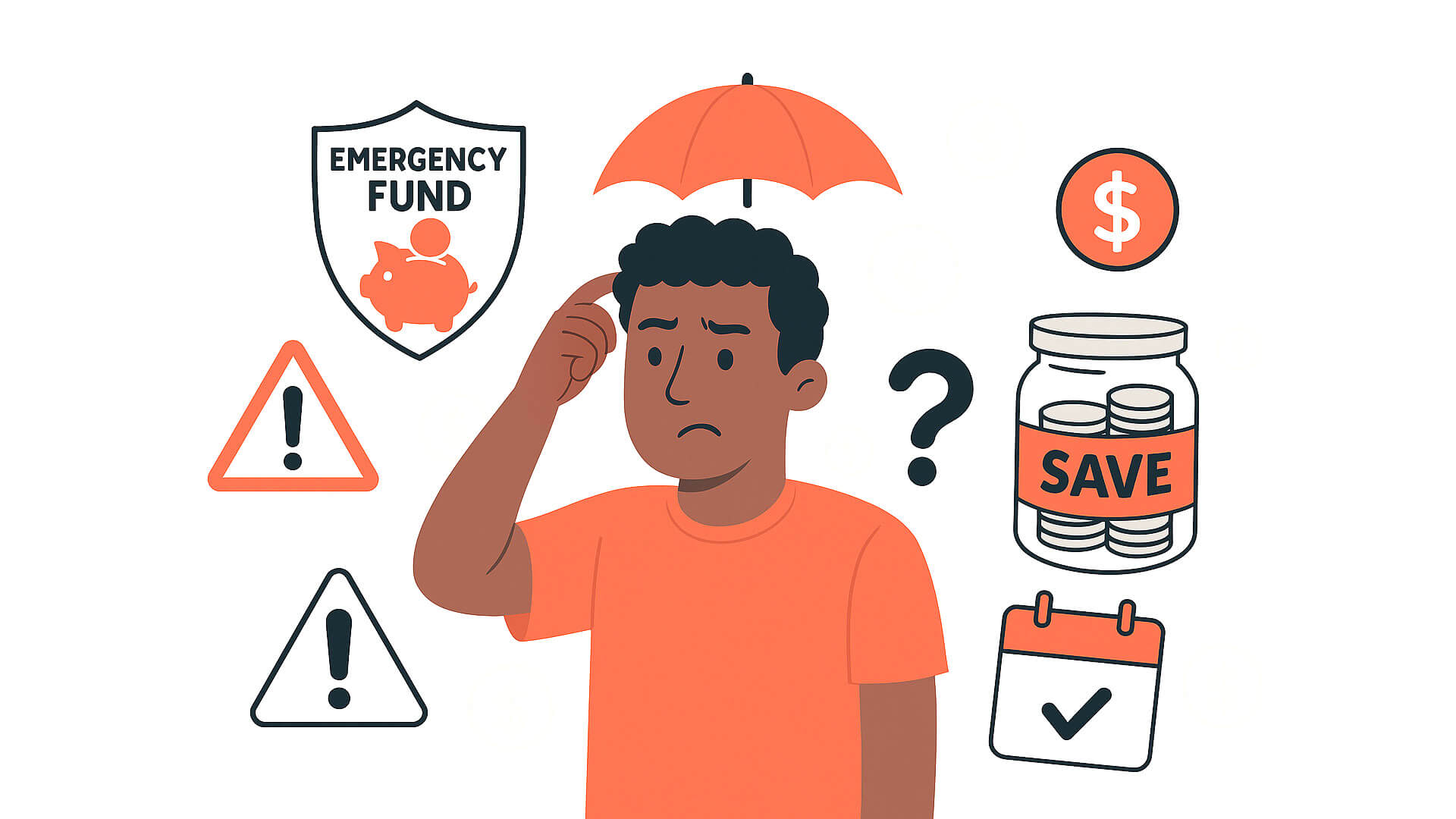Zero Waste Living: Tips for Reducing Household Waste
Reducing household waste is an important step towards a more sustainable and eco-friendly lifestyle. Zero waste living is a lifestyle approach aimed at minimizing household waste by reducing, reusing, and recycling. It goes beyond the traditional idea of waste management and emphasizes the importance of conscious consumption and sustainable practices.
By making small changes in our daily habits, we can collectively make a significant impact. For instance, you can start by using reusable bags, containers, and bottles instead of disposable ones. This simple change can reduce plastic waste and save resources in the long run. Another tip is to compost your food waste instead of throwing it away. This not only reduces landfill waste but also creates nutrient-rich soil for your plants.
The Philosophy of Zero Waste Living
Living a zero waste lifestyle means producing little to no waste. It’s a philosophy that encourages individuals to rethink their consumption habits and prioritize sustainability. The zero waste movement is gaining popularity as people become more aware of the environmental impact of waste and the need to reduce it.
The key principles of zero waste living include reducing, reusing, recycling, composting, and refusing unnecessary items. By adopting these practices, you can minimize your environmental impact, conserve resources, and work towards a more sustainable future.
One important aspect of zero waste living is reducing your consumption of single-use items. This includes things like disposable cups, straws, and utensils. Instead, invest in reusable alternatives like stainless steel straws, bamboo utensils, and cloth napkins. By making small changes like these, you can significantly reduce the amount of waste you produce.
Another important principle of zero waste living is composting. Composting is the process of breaking down organic matter into nutrient-rich soil. By composting your food scraps and yard waste, you can divert a significant amount of waste from landfills and create a valuable resource for your garden.
Overall, zero waste living is a philosophy that encourages individuals to take responsibility for their impact on the environment. By prioritizing sustainability and making small changes to your daily habits, you can significantly reduce your environmental footprint and work towards a more sustainable future.
Conducting a Home Waste Audit
Reducing household waste is an essential component of Zero Waste Living. Conducting a home waste audit is an excellent way to identify the types and quantities of waste generated in your household. This audit enables you to make informed decisions on how to minimize your environmental impact. Here are some steps to conduct a home waste audit:
Identifying Waste Sources
The first step in conducting a home waste audit is to identify the sources of waste in your household. Waste sources can be categorized into three main categories: kitchen waste, bathroom waste, and other household waste. Some common sources of waste include food scraps, packaging materials, paper products, and plastic containers.
To identify the sources of waste in your household, you can start by conducting a visual inspection of your trash and recycling bins. This inspection will help you to identify the types of waste generated in your household. You can also keep a waste journal to record the types and quantities of waste generated over a specific period.
Recording and Analyzing Waste
The next step in conducting a home waste audit is to record and analyze the waste generated in your household. You can use a waste tracking sheet to record the types and quantities of waste generated in your household. This sheet will help you to identify the areas where you can reduce waste.
Once you have recorded the waste generated in your household, you can analyze the data to identify the areas where you can reduce waste. For example, if you notice that you are generating a lot of food waste, you can start composting food scraps. If you notice that you are generating a lot of plastic waste, you can start using reusable containers instead of disposable plastic containers.
In conclusion, conducting a home waste audit is an excellent way to identify the types and quantities of waste generated in your household. This audit enables you to make informed decisions on how to minimize your environmental impact. By identifying the sources of waste and recording and analyzing waste, you can reduce your household waste and move towards a Zero Waste Lifestyle.
Reducing Single-Use Items
Single-use items are products that are designed to be used once and then thrown away. These items contribute to the growing problem of waste in our environment. By reducing single-use items, you can make a big impact on the amount of waste you produce. Here are some practical tips to help you reduce single-use items in your household.
Alternatives to Disposable Products
One of the easiest ways to reduce single-use items is to find alternatives to disposable products. For example, instead of using disposable plastic straws, you can use reusable metal or silicone straws. Similarly, instead of using disposable plastic bags, you can use reusable cloth bags. Another great alternative to disposable products is to use washable cloth napkins instead of paper napkins.
Creating a Reusable Mindset
Reducing single-use items requires a shift in mindset. Instead of thinking about convenience and disposability, you need to start thinking about reusability. For example, instead of buying bottled water, you can use a refillable water bottle. Instead of using disposable paper towels, you can use washable cloth towels. By making small changes in your daily routine, you can create a reusable mindset that will help you reduce single-use items and contribute to a more sustainable future.
In conclusion, reducing single-use items is an important step towards a zero-waste lifestyle. By finding alternatives to disposable products and creating a reusable mindset, you can make a big impact on the amount of waste you produce.
Composting and Organic Waste Management
Reducing organic waste is an important part of zero-waste living. Composting is an excellent way to manage organic waste and create nutrient-rich soil for your plants. Here are some tips to get started.
Setting Up a Home Composting System
Setting up a home composting system is easy and can be done in a few simple steps. First, choose a location that is convenient for you and has good drainage. Second, decide on the type of composting system you want to use. You can use a traditional compost bin, a worm bin, or a tumbler. Third, add organic material to your composting system. This can include food scraps, yard waste, and other organic materials. Fourth, turn your compost regularly to ensure that it is aerated and decomposes properly. Finally, use your compost in your garden to nourish your plants.
Worm Composting Basics
Worm composting, also known as vermicomposting, is a type of composting that uses worms to break down organic material. Worm composting is an excellent way to manage food scraps and other organic waste. To get started, you will need a worm bin, bedding material, and worms. You can buy a worm bin or make one yourself using a plastic container. Bedding material can include shredded newspaper, cardboard, or leaves. Finally, add your food scraps and other organic material to the worm bin. The worms will eat the organic material and create nutrient-rich worm castings. Use the worm castings in your garden to nourish your plants.
By composting and managing organic waste, you can reduce your environmental impact and create nutrient-rich soil for your plants.
Sustainable Shopping Habits
When it comes to reducing household waste, your shopping habits can play a significant role. By adopting sustainable shopping habits, you can reduce the amount of waste you generate and contribute to a healthier planet. Here are some tips to help you get started:
Bulk Buying Strategies
Buying in bulk is an excellent way to reduce packaging waste. By purchasing items like grains, beans, pasta, and snacks in bulk, you can avoid the excess packaging that comes with individual portions. Plus, buying in bulk often means lower prices, which can save you money in the long run. To get started with bulk buying, look for stores that offer bulk bins and bring your own reusable containers to fill up.
Choosing Eco-Friendly Products
Another way to reduce waste is to choose eco-friendly products. Look for items that are made from sustainable materials and are designed to last. For example, reusable shopping bags, water bottles, and food containers can help you avoid disposable items like plastic bags and bottles. Additionally, consider purchasing products that are made from recycled materials or that can be recycled at the end of their life.
When shopping for household items, look for products that are designed to reduce waste. For example, consider purchasing a compost bin or a cloth napkin set instead of disposable paper products. By making conscious choices when shopping, you can reduce your environmental impact and contribute to a more sustainable future.
Eco-Friendly Cleaning and Maintenance
Keeping your home clean and well-maintained is an important part of reducing waste. However, many traditional cleaning and maintenance products can be harmful to the environment and can generate waste. Here are some tips for eco-friendly cleaning and maintenance practices that can help you reduce waste.
Natural Cleaning Solutions
Switching to natural cleaning solutions can help you reduce waste and minimize your environmental impact. Here are some natural cleaning solutions that you can use to clean your home:
- Vinegar: Vinegar is a natural disinfectant and can be used to clean many surfaces in your home, including countertops, floors, and windows. Mix equal parts vinegar and water in a spray bottle and use it to clean your home.
- Baking Soda: Baking soda is a natural abrasive and can be used to clean surfaces like sinks, tubs, and toilets. Mix baking soda with water to form a paste and use it to clean surfaces.
- Lemon Juice: Lemon juice is a natural disinfectant and can be used to clean surfaces like cutting boards and countertops. Mix lemon juice and water in a spray bottle and use it to clean your home.
Low-Waste Maintenance Practices
In addition to using natural cleaning solutions, there are several low-waste maintenance practices that you can adopt to reduce waste in your home. Here are some tips:
- Repair before replacing: Before you replace a broken appliance or piece of furniture, consider repairing it instead. This can help you reduce waste and save money.
- Use reusable cleaning cloths: Instead of using disposable cleaning cloths, use reusable cloths that can be washed and reused. This can help you reduce waste and save money.
- Use refillable cleaning products: Instead of buying new cleaning products every time you run out, consider using refillable products. This can help you reduce waste and save money.
By adopting these eco-friendly cleaning and maintenance practices, you can help reduce waste in your home and minimize your environmental impact.
Minimizing Food Waste
Reducing food waste is one of the easiest and most effective ways to live a zero-waste lifestyle. By reducing food waste, you can save money, reduce greenhouse gas emissions, and help conserve natural resources. Here are some practical tips for minimizing food waste:
Meal Planning and Prep
Meal planning and preparation can help you save time, money, and reduce food waste. Before going grocery shopping, plan your meals for the week and make a list of the ingredients you need. This will help you avoid buying unnecessary items and reduce the amount of food that goes to waste.
When preparing meals, try to use all parts of the food, including the stems, leaves, and roots. For example, you can use broccoli stems to make a delicious soup or stir-fry. You can also use vegetable scraps to make a flavorful broth.
Proper Food Storage Techniques
Proper food storage can help extend the life of your food and reduce waste. Here are some tips for storing food properly:
- Store fruits and vegetables in the refrigerator to keep them fresh longer.
- Use airtight containers or beeswax wraps to store leftovers and prevent them from spoiling.
- Freeze food that you won’t use right away, such as bread, meat, and vegetables.
- Label and date your food to keep track of what needs to be used up first.
By following these simple tips, you can minimize food waste and live a more sustainable lifestyle. Remember, every small action counts, and together, we can make a significant difference in preserving our planet for future generations.
DIY and Upcycling Projects
Reducing household waste can be fun and creative. Here are some DIY and upcycling projects that you can try at home.
Simple Upcycling Ideas
Transforming old items into something new is a great way to reduce waste. You can upcycle old jars into stylish storage containers for your kitchen, bathroom, or office. Simply clean the jars, remove any labels, and decorate them with paint, fabric, or ribbon. You can use them to store spices, cotton balls, or office supplies. 1
Another simple upcycling idea is to turn old t-shirts or towels into rags for cleaning, reducing the need for disposable wipes. 2 You can also upcycle old clothes into new fashion items. For example, you can turn old jeans into shorts, or old t-shirts into tank tops.
Crafting with Recyclables
Crafting with recyclables is a great way to reduce waste and create something new. You can use old newspapers or magazines to make paper mache bowls or picture frames. 3 You can also use old cardboard boxes to make storage boxes or organizers. 4
Another creative way to reduce waste is to make your own cleaning products using natural ingredients. For example, you can make your own all-purpose cleaner using vinegar, water, and essential oils. 5 By making your own cleaning products, you reduce the need for plastic packaging and harmful chemicals.
By trying these DIY and upcycling projects, you can reduce waste and create something new and useful. So, get creative and have fun while reducing your environmental impact.
Footnotes
Green Energy and Water Conservation
Energy-Efficient Appliances
Switching to energy-efficient appliances is a great way to reduce your household’s carbon footprint and lower your energy bills. Look for appliances that are Energy Star certified, which means they meet strict energy efficiency guidelines set by the U.S. Environmental Protection Agency. Energy Star appliances use up to 50% less energy than standard models, which can save you hundreds of dollars on your utility bills each year.
Consider replacing your old appliances with newer, more efficient models. For example, a new Energy Star refrigerator can save you up to $300 over its lifetime compared to an older model. You can also save energy by using your appliances more efficiently. For example, only run your dishwasher when it’s full and use the cold water setting on your washing machine.
Water-Saving Tips
Conserving water is another important aspect of a zero-waste lifestyle. There are many simple ways to reduce your water usage at home. Start by fixing any leaks in your plumbing. A leaky faucet can waste up to 3,000 gallons of water per year!
You can also save water by taking shorter showers and turning off the water while you brush your teeth or shave. Installing low-flow showerheads and faucets can also help reduce your water usage. Additionally, consider using a rain barrel to collect rainwater for watering your plants and garden.
Overall, reducing your energy and water usage is an important part of a zero-waste lifestyle. By making small changes to your daily habits and investing in energy-efficient appliances, you can help protect the environment and save money on your utility bills.
Community Involvement and Advocacy
Reducing your household waste is an excellent way to contribute to a cleaner environment and a more sustainable future. However, you can also make a more significant impact by getting involved in local zero waste initiatives and educating others on waste reduction.
Joining Local Zero Waste Initiatives
Joining local zero waste initiatives is an excellent way to get involved in your community and contribute to waste reduction efforts. Many cities and towns have zero waste groups that organize events, workshops, and educational programs to promote waste reduction.
By joining these groups, you can learn about new waste reduction strategies, connect with like-minded individuals, and make a more significant impact in your community. You can also participate in local clean-up events, composting programs, and recycling initiatives to help reduce waste and promote sustainability.
Educating Others on Waste Reduction
Educating others on waste reduction is another effective way to promote sustainability and reduce waste. You can start by sharing your own waste reduction strategies with friends, family, and coworkers. For example, you can show them how to compost food scraps, use reusable bags and containers, and reduce their energy consumption.
You can also organize educational events in your community, such as workshops and seminars, to teach others about waste reduction strategies and their benefits. By sharing your knowledge and experience with others, you can inspire them to take action and make a more significant impact in their own lives and communities.
In conclusion, community involvement and advocacy are essential components of zero waste living. By joining local zero waste initiatives and educating others on waste reduction, you can make a more significant impact and contribute to a cleaner, more sustainable future.
Challenges and Solutions in Zero Waste Living
Common Obstacles
Zero waste living can be challenging and overwhelming, especially when you first start. Some common obstacles that you may face include:
- Lack of awareness: Many people are not aware of the environmental impact of waste and the benefits of zero waste living.
- Social pressure: It can be difficult to stick to your zero waste goals when your friends and family are not on board with your lifestyle choices.
- Limited access to resources: Depending on where you live, it may be challenging to find bulk stores, composting facilities, or recycling centers.
- Time constraints: Incorporating new habits into your daily routine can be time-consuming and require planning ahead.
Strategies for Overcoming Challenges
To overcome these challenges, you can try the following strategies:
- Education and awareness: Learn more about the environmental impact of waste and the benefits of zero waste living. Share your knowledge with others to raise awareness and inspire change.
- Find like-minded communities: Join online groups or local organizations that share your values and can offer support and advice.
- Be resourceful: Look for creative solutions to reduce waste, such as upcycling or repurposing items. Use reusable containers, bags, and utensils whenever possible.
- Plan ahead: Make a shopping list, meal plan, and schedule for composting and recycling. This can help you save time and reduce waste.
Remember, zero waste living is a journey, not a destination. It’s okay to make mistakes and have setbacks along the way. By staying committed to your goals and finding solutions to overcome obstacles, you can make a positive impact on the environment and inspire others to do the same.
Frequently Asked Questions
What are the initial steps to adopting a zero waste lifestyle for beginners?
If you are new to zero waste living, it can be overwhelming to know where to start. The first step is to focus on the 5 R’s: Refuse, Reduce, Reuse, Recycle, and Rot. Begin by refusing single-use items, reducing your consumption, and reusing what you already have. Gradually incorporate recycling and composting into your routine. Start small, think big, and be patient with yourself.
How can I reduce waste in my daily routine?
Reducing waste in your daily routine can be as simple as making small changes. Here are some tips to get you started: use reusable water bottles, coffee cups, and shopping bags; buy in bulk to reduce packaging waste; bring your own containers to the grocery store and farmers’ market; compost food scraps and yard waste; switch to cloth napkins and towels instead of paper products. Remember, every little bit helps!
What are the most effective ways to minimize household waste?
There are many effective ways to minimize household waste. Here are some tips to consider: use cloth bags instead of plastic ones; switch to bar soap and shampoo to reduce plastic waste; buy in bulk to reduce packaging waste; use rechargeable batteries instead of disposable ones; compost food scraps and yard waste; repair and reuse items instead of throwing them away.
Can you list the 5 R’s of zero waste living and explain their importance?
The 5 R’s of zero waste living are Refuse, Reduce, Reuse, Recycle, and Rot. Refuse single-use items that contribute to waste. Reduce your consumption by buying only what you need. Reuse items as much as possible to extend their lifespan. Recycle materials that can be recycled. Rot food scraps and yard waste into compost. These practices help reduce waste, conserve resources, and protect the environment.
In what ways can families implement zero waste practices at home?
Families can implement zero waste practices at home by making small changes that align with their lifestyle. Here are some tips to consider: pack waste-free lunches with reusable containers and utensils; use cloth diapers instead of disposable ones; buy in bulk to reduce packaging waste; compost food scraps and yard waste; repair and reuse items instead of throwing them away.
What are some common misconceptions about zero waste living?
One common misconception about zero waste living is that it is expensive. While some zero waste products can be pricey, many zero waste practices actually save you money in the long run. Another misconception is that zero waste living is all or nothing. Every little bit helps, and even small changes can have a big impact over time. Finally, some people believe that zero waste living is inconvenient. However, once you incorporate zero waste practices into your routine, they become second nature.





